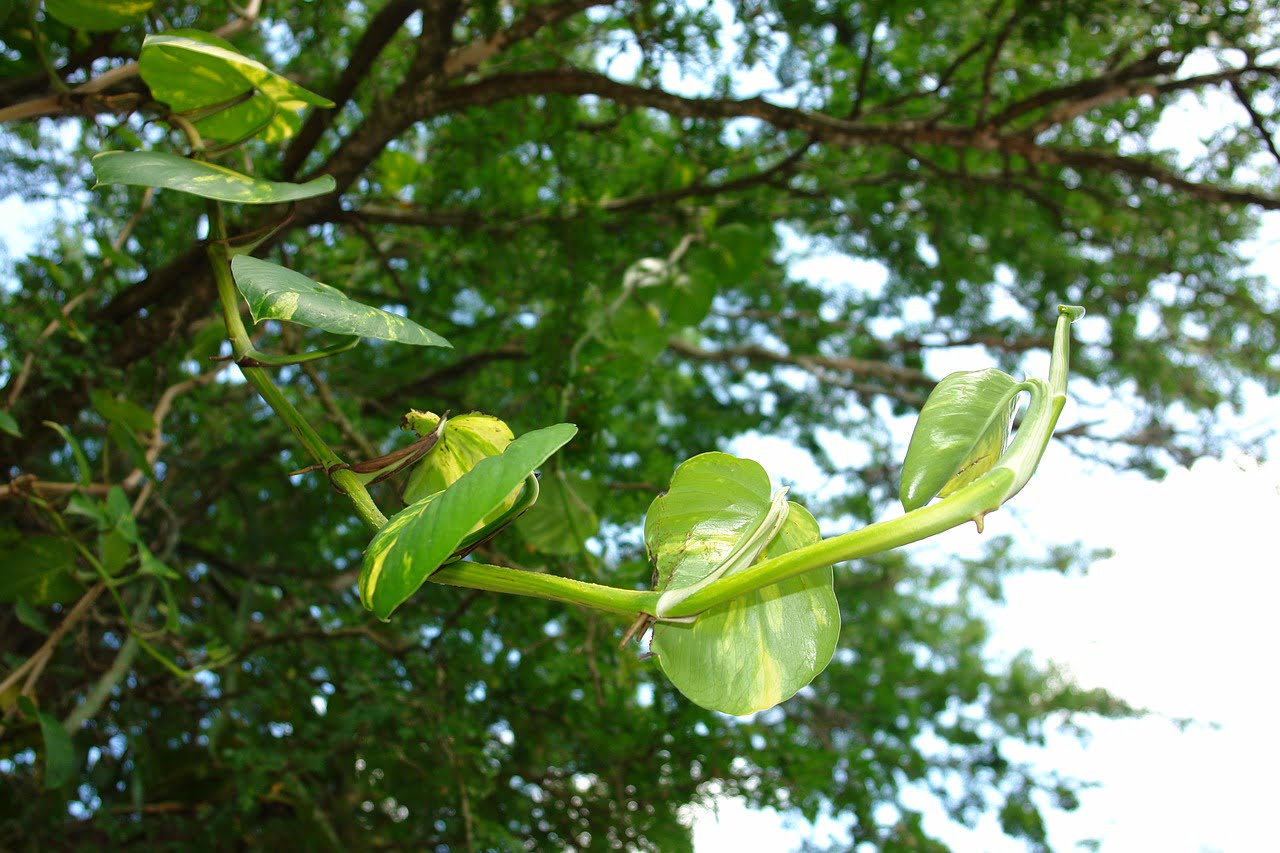
Growing Ebony Trees
Table of Contents
Growing Ebony Trees
- Introduction
- Understanding the Ebony Tree
- 2.1 What is Ebony?
- 2.2 Varieties of Ebony Trees
- Benefits and Uses of Ebony Trees
- 3.1 Aesthetic and Artistic Value
- 3.2 Traditional and Medicinal Uses
- Growing Ebony Trees
- 4.1 Choosing the Right Location
- 4.2 Soil Preparation and Planting
- 4.3 Watering and Fertilization
- 4.4 Pruning and Maintenance
- 4.5 Dealing with Common Issues
- Ebony Tree Propagation
- 5.1 Propagation by Seeds
- 5.2 Propagation by Cuttings
- 5.3 Grafting and Budding
- Conservation Efforts and Challenges
- 6.1 Protecting Endangered Ebony Species
- 6.2 Sustainable Harvesting Practices
- Conclusion
- FAQs
Introduction
Ebony trees, known for their dark, dense, and lustrous wood, have captivated humankind for centuries. Their beauty and rarity have made them highly sought after for various applications, from exquisite furniture to musical instruments and ornamental carvings. This article serves as a comprehensive guide on understanding, cultivating, and caring for ebony trees, and delves into the efforts to conserve these remarkable species.
2. Understanding the Ebony Tree
2.1 What is Ebony?
Ebony is a type of dense and heavy wood that comes from several species of the genus Diospyros. These trees are predominantly found in tropical and subtropical regions, and their wood is famous for its deep black color, which gives it a luxurious appeal.
2.2 Varieties of Ebony Trees
There are several species of ebony trees, each with its distinct characteristics and geographical distribution. Some popular ones include African Ebony (Diospyros crassiflora), Indian Ebony (Diospyros ebenum), and Macassar Ebony (Diospyros celebica).
3. Benefits and Uses of Ebony Trees
3.1 Aesthetic and Artistic Value
Ebony wood’s stunning appearance makes it a prized material for creating exquisite furniture, sculptures, and intricate carvings. The wood’s smooth texture and high polish make it a favorite among artisans and craftsmen worldwide.
3.2 Traditional and Medicinal Uses
Aside from its artistic uses, ebony wood has been traditionally employed in some cultures for medicinal purposes. It is believed to possess healing properties and has been used to treat various ailments.
4. Growing Ebony Trees
4.1 Choosing the Right Location
Ebony trees thrive in warm, humid climates with well-drained soil and ample sunlight. Select a location that provides partial shade to protect young saplings from scorching sunlight.
4.2 Soil Preparation and Planting
Prepare the planting area by loosening the soil and incorporating organic matter to enhance fertility. Plant ebony seeds or saplings in the prepared soil and water them adequately.
4.3 Watering and Fertilization
Regular watering is essential during the initial growth phase. Once the tree is established, water it moderately, as ebony trees are relatively drought-tolerant. Use a balanced fertilizer to promote healthy growth.
4.4 Pruning and Maintenance
Prune the tree to maintain its shape and remove any dead or diseased branches. Regular maintenance will ensure the tree’s health and longevity.
4.5 Dealing with Common Issues
Ebony trees are generally hardy, but they may face challenges like pests and diseases. Identify and address these issues promptly to prevent any adverse effects on the tree’s health.
5. Ebony Tree Propagation
5.1 Propagation by Seeds
Harvest mature ebony seeds and sow them in a well-prepared bed. Keep the bed moist and wait for the seeds to germinate.
5.2 Propagation by Cuttings
Take semi-hardwood cuttings from a healthy ebony tree and plant them in a rooting medium. Provide the right conditions for root development.
5.3 Grafting and Budding
For precise replication of specific ebony varieties, grafting or budding can be employed to ensure the new plant inherits the desired characteristics.
6. Conservation Efforts and Challenges
6.1 Protecting Endangered Ebony Species
Due to overexploitation and habitat loss, some ebony species are endangered. Conservation organizations are working diligently to protect and preserve these trees.
6.2 Sustainable Harvesting Practices
Sustainable harvesting practices, such as replanting and selective cutting, are crucial to maintain a balance between supply and demand while ensuring the species’ survival.
7. Conclusion
The ebony tree stands as a symbol of beauty, strength, and cultural significance. Its dark, dense wood has captured the imagination of artists, craftsmen, and nature enthusiasts for generations. By understanding how to grow and care for ebony trees responsibly, we can continue to appreciate their natural elegance and contribute to their conservation.
FAQs
1. Are all ebony trees black in color?
While the majority of ebony trees produce dark black wood, some species may display variations in color, ranging from deep brown to streaks of gray.
2. Can I grow ebony trees in colder climates?
Ebony trees thrive in warm and humid climates, but certain varieties can be cultivated in greenhouses or indoor environments in colder regions.
3. Is ebony wood suitable for outdoor furniture?
Ebony wood is primarily used for indoor furniture due to its vulnerability to weathering. However, it can be employed in well-protected outdoor settings.
4. Are there any legal restrictions on harvesting ebony wood?
Due to conservation efforts and protection of endangered species, the harvesting of ebony wood is subject to regulations in many countries. Ensure compliance with local laws before harvesting.
5. How long does it take for an ebony tree to mature?
The growth rate of ebony trees varies depending on the species and environmental conditions. In general, it may take several decades for an ebony tree to reach full maturity.